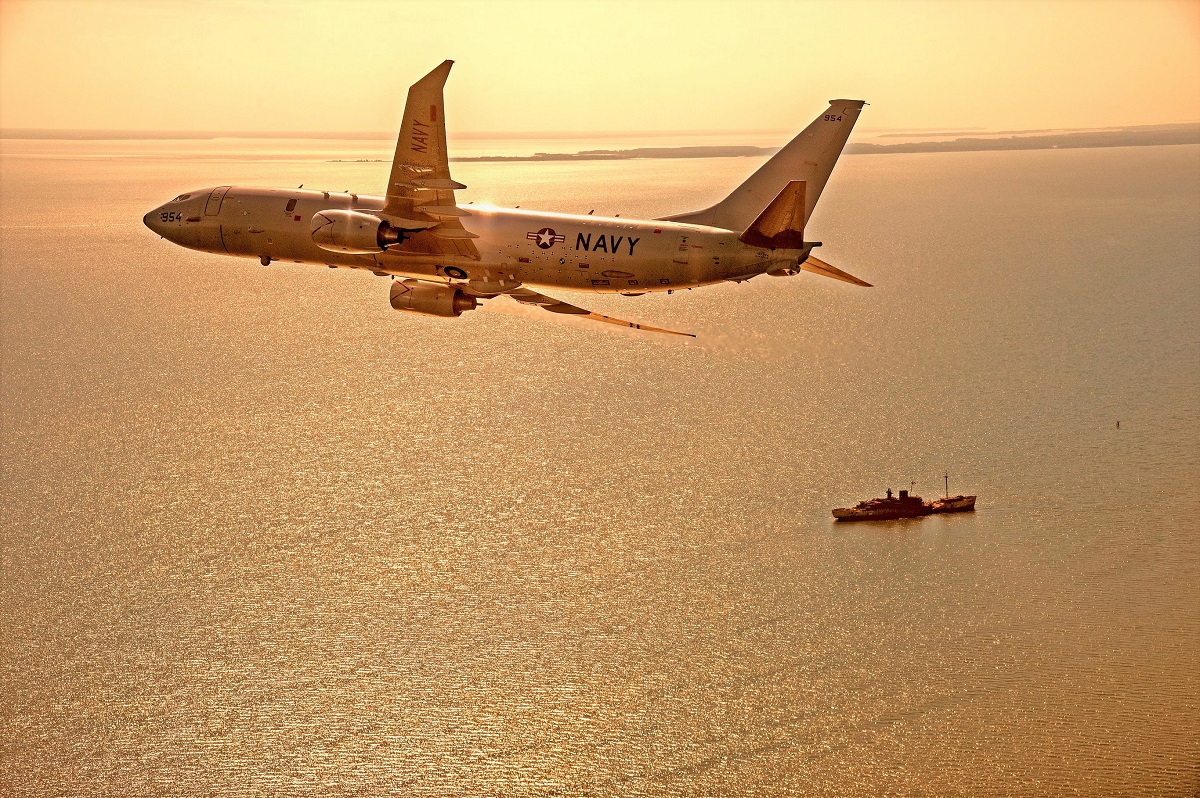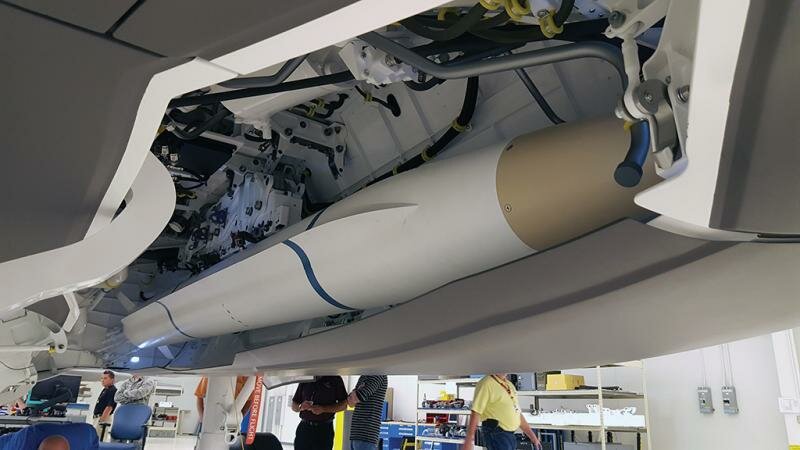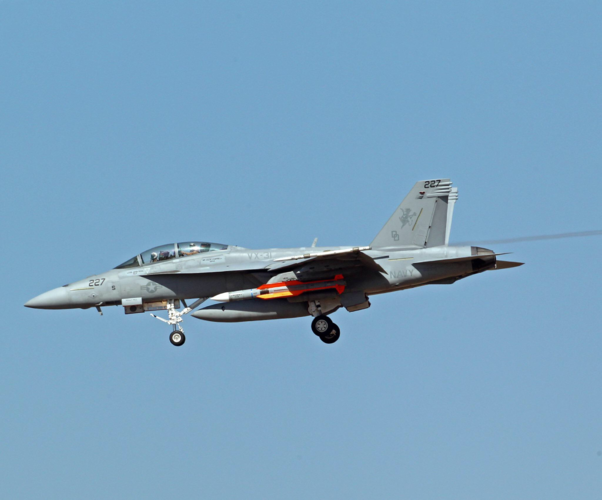If they aren’t going hypersonic yet (good point about weapons elevators that I hadn’t considered), does that mean they are going supersonic? What else is there between hypersonic and LRASM?
I think there could be several potential solutions based on what the industry responds with. The Navy has hypersonic and high supersonic weapons that it is investing in at the moment at least in the R&D sphere. Increment 2 would have to naturally be more effective than increment 1, and the reference to long range and "peer surface combatants" is another hint that they want a higher end weapon. In one of their justifications to pursue both air-breathing scramjets and boost glide systems, the R&E team has always mentioned the easier seeker integration work on the former as an advantage (also the size and tactical platform comptability) so I think that this could be one of the derivatives of whatever work the navy is doing around air-launched hypersonic/high-supersonic that Boeing, and others have recently been mentioned about.
Why is Navy not joining the Air Force who are planning to award contracts for its SiAW missile, Stand-in Attack Weapon to Boeing, L3Harris, Lockheed Martin, Northrop Grumman and Raytheon. A development of the new Navy AGM-88G, AARGM-ER, sized to fit in the F-35A and F-35C weapons bay so as to keep its stealth capability, with a new warhead, electronic safe and arming fuze, universal armament interface and anti-radiation homing. USAF wants it in operation within five years. Presume contract will be $1+ billion plus.
If the argument is the SiAW hasn’t the range and not Mach 5+ what are NAVAIR budgeting, $10+ billion and 10 years before IOC. The Best is the Enemy of Good Enough?



